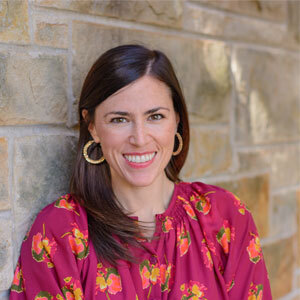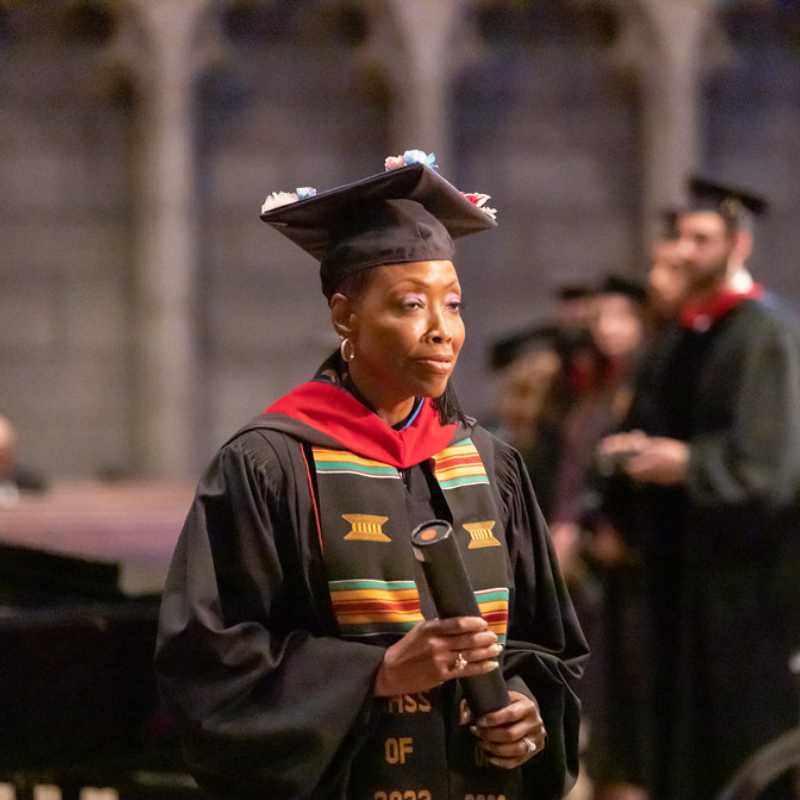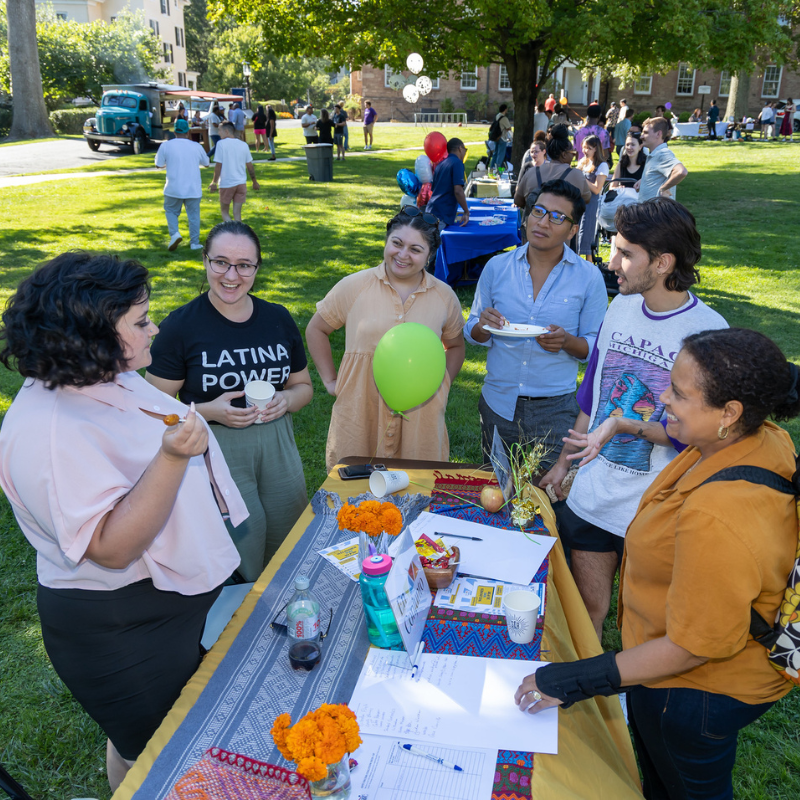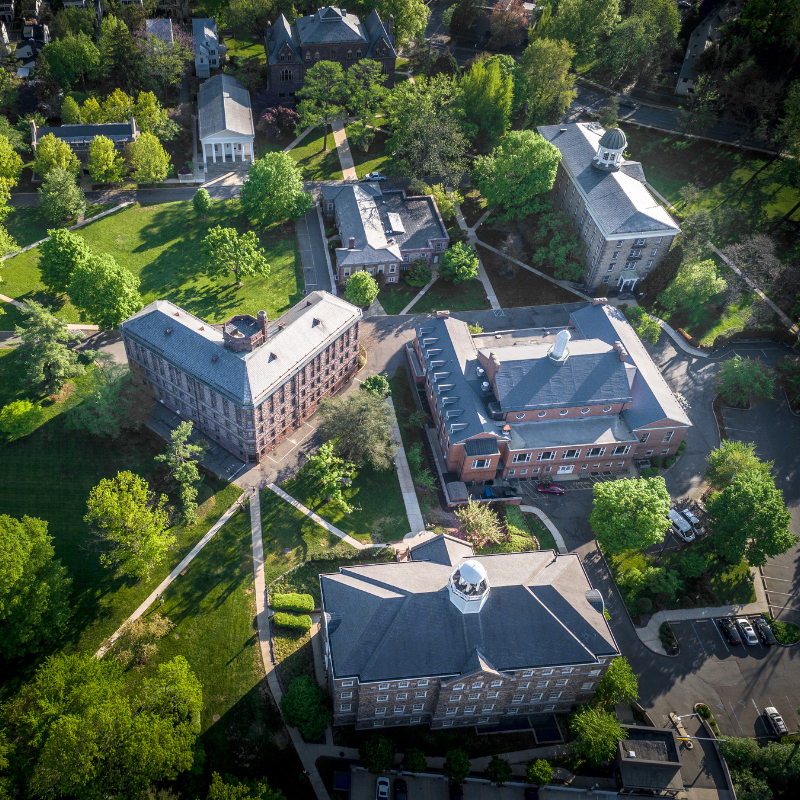Finding Hope Through Art
June 7, 2022 | Admissions, Alumni, Featured, Practical Theology, Public, Students

Other than the painters of the Dutch Golden Age, the Reformed tradition with its iconoclast impulse has not been known for its visual arts. Thus when Elizabeth Steel, MDiv/MACEF ’22, became the first seminarian in field education at the Princeton University Art Museum during the summer of 2020, both parties faced learning curves.
“It was scary to leave the Seminary bubble. I think it was hard but also important to do ministry outside traditional context,” says Steel.
An art history major who taught kindergarten and owned a clothing store before Seminary, Steel settled quickly into the museum’s education department and helped write art curriculum for the public during the museum’s multi-year closure for renovation. As the internship was virtual, her work included listening to lectures at other art museums as well as interacting with consultants and school students.
She also led tours of sculptures on Princeton University campus, as well as virtual discussions of artworks at the museum. Connecting her two field placements, she offered an online adult education series on finding hope through art at the museum with her small group at Nassau Presbyterian Church, where she has served in children’s ministry.
“She showed us fifteen cool art pieces she curated and connected them to faith. She facilitated the discussion in a lovely way,” says seminarian Jade Hage, who was in Steel’s small group at Nassau Presbyterian Church. “She asked a lot of questions to get us thinking about race in a mostly white congregation when the Black Lives Matter movement was making a resurgence.”
Falling in the middle of her four-year program, “the museum experience was pivotal as it brought together my interest in theology, art, and education,” says Steel. The museum was also formative for her master’s thesis titled “To See with New Vision: Imagination, Race, and the Art of Kehinde Wiley,” as she encountered Wiley’s work there.
In his work titled “Lamentations over the Dead Christ” based on a renowned eponymous 15th century painting that Steel analyzes in depth, Wiley replaces Christ in repose with a young Black man who seems alive (the work can be seen in Wiley’s Down series here). “Our imagination grows when we make the decision is this Christ?” says Steel. “I think we need that imagination to have faith. That’s where the work of the spirit comes in.”
Steel’s field education was supervised by practical theologian Kenda Dean, Mary D. Synnott Professor of Youth, Church, and Culture, who met Steel during her first year at Princeton Seminary. “Elizabeth is fearless. Her drive to understand the dynamics of spiritual formation through the world of art is passionate, rigorous, and eye-opening,” says Dean. “She is as grounded as they come in Reformed theology. But she refuses to be boxed in by “religious” categories — in art, in life— and finds God at work amidst so-called ‘secular’ artistry.”
This fall, Steel will continue her journey at the Seminary by embarking on a PhD in practical theology. She has also joined the Seminary’s recently launched steering committee on art and theology. “I feel really lucky God is using me in this way to continue what I’m doing,” she says.





